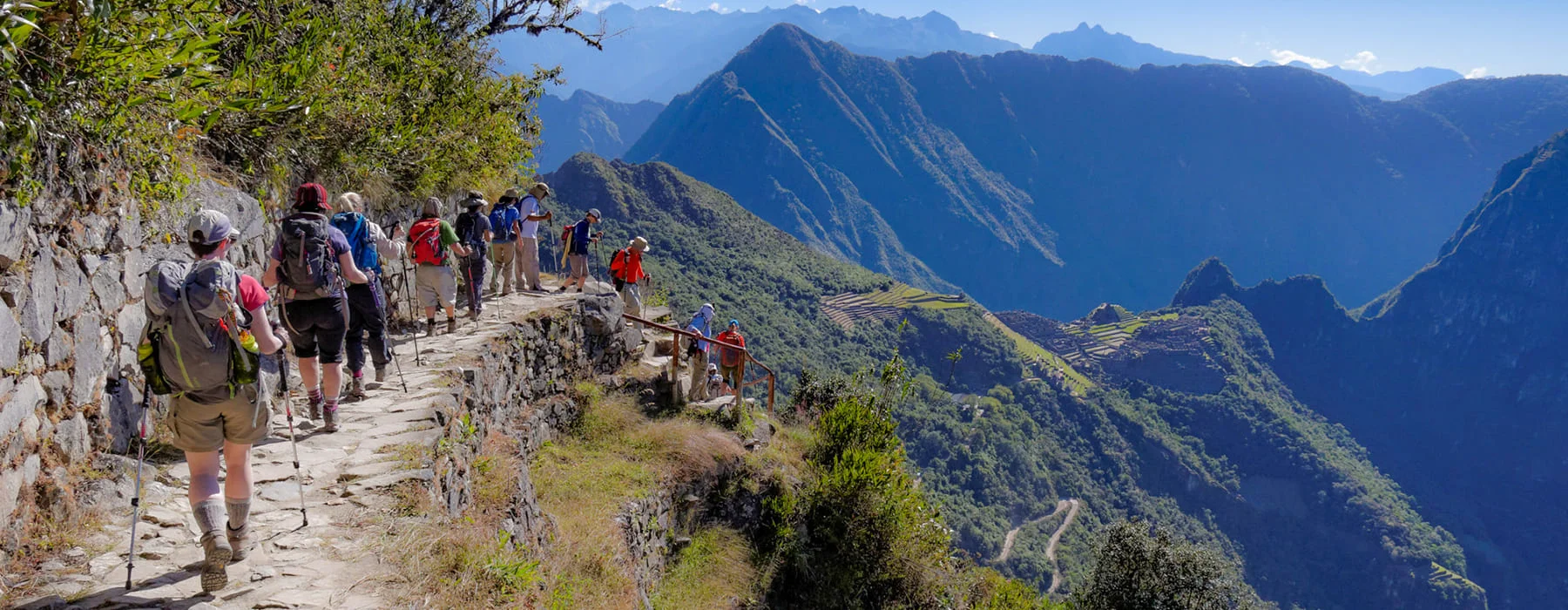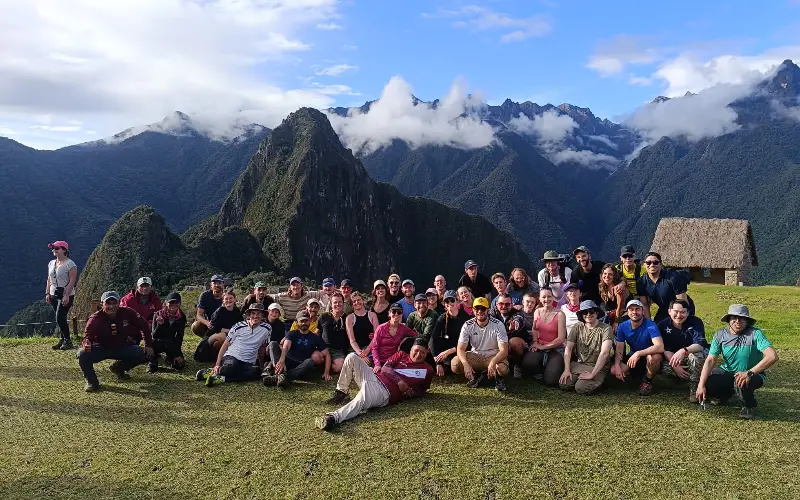The Inca did not use the road network only for travelers through the empire, the road system also provided many religious and military purposes for the Inca culture.
Transportation
The Inca used the chasqui (runners) and llamas and alpacas for the transportation on the roads.
The chasqui were able to run 240 km (150 mi) per day. They were in charge of delivering everything much like the Pony Express of the 1860s in North America.
Alpacas and llamas are lightweight animals. They cannot carry much, but they are incredibly quik. When transporting big values of goods across the country it was more productive for the Incas to use flocks of llamas or alpacas and have two or three herders. The herdsmen would herd the animals up the raised mountain trails without having to risk peoples’ lives and while still being estimate to carry larger amounts of tnings.
Trade
All resources in the Inca’s country were the ownership of the ruling elite, the Inca. The delivery of these goods was known as the vertical archipelago. This trade system was implemented across the Inca Empire. Moreover, each region of the country possessed distinctive resources.
The Qhapaq Ñan, the vast Inca road network, played a crucial role in distributing these goods efficiently. As a result, resources could be transported to other divisions of the empire that were in need. In this way, the Inca Empire maintained a strong internal economy.
Consequently, this system contributed significantly to the empire’s influence and success. Not only did they have a multitude of resources, but they also had a well-organized infrastructure, like the Qhapaq Ñan, to ensure that every region had access to them.



